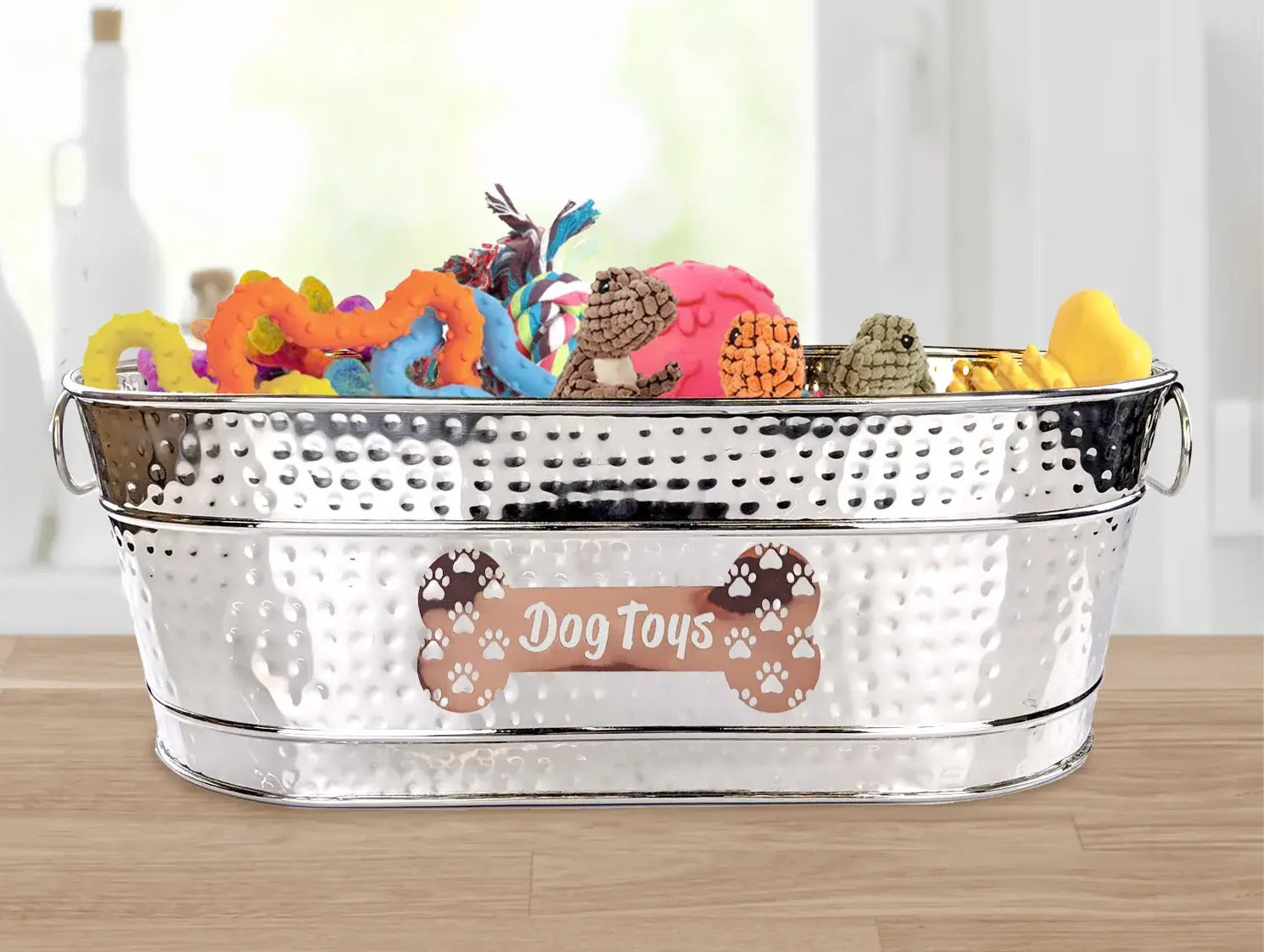

Articles
How To Store Dog Toys
Modified: January 19, 2024
Discover the best way to store dog toys with these helpful articles. Keep your pup's playthings organized and easily accessible.
(Many of the links in this article redirect to a specific reviewed product. Your purchase of these products through affiliate links helps to generate commission for Storables.com, at no extra cost. Learn more)
Introduction
Every dog owner knows the joy and excitement their furry friend experiences when they receive a new toy. From squeaky plushies to durable chew toys, dogs love to sink their teeth into playtime. However, as your dog’s toy collection grows, it’s important to have a proper storage system in place. Not only does proper toy storage keep your home organized, but it also ensures the longevity and durability of your dog’s toys.
In this article, we will explore the importance of proper toy storage, discuss the various methods you can choose from, and provide practical tips for toy organization. Additionally, we will delve into the importance of regular cleaning and maintenance to keep your dog’s toys safe and hygienic. So let’s dive in and discover the secrets to keeping your dog’s toys in tip-top shape!
Key Takeaways:
- Proper toy storage is crucial for maintaining an organized and safe living environment, prolonging the life of your dog’s toys, and reducing clutter while ensuring easy accessibility during playtime.
- Regular cleaning and maintenance are essential for the safety and hygiene of your dog’s toys, ensuring they remain in top condition and providing a delightful and safe play experience for your furry companion.
Read more: How To Store Dog Poop
Importance of Proper Toy Storage
Proper toy storage for your dog’s toys plays a crucial role in maintaining a clean and organized living environment. Here are a few key reasons why investing in a reliable storage system is important:
- Prolongs the Life of Toys: By storing your dog’s toys properly, you can prevent them from getting damaged or destroyed. Leaving toys strewn around the house increases the risk of them being chewed up, torn apart, or misplaced. Proper storage ensures that toys are kept in good condition, extending their lifespan.
- Reduces Clutter: Let’s face it, dog toys can quickly take over your living space if not properly organized. Having a designated storage area keeps the toys neatly contained and prevents them from cluttering up your home. It creates a more pleasant and organized living environment for both you and your furry friend.
- Easy Accessibility: When your dog wants to play, having their toys neatly stored in one place makes it easier to find and retrieve their favorite playthings. This saves valuable time and prevents frustration for both you and your dog.
- Safety: Proper toy storage is vital for your dog’s safety. Loose toys lying around can pose a tripping hazard for both humans and dogs. Additionally, certain toys may have small parts that could be hazardous if ingested. Storing toys in a safe and secure place helps prevent accidents and injury.
- Prevents Toy Fatigue: Dogs, like humans, can experience toy fatigue if they have too many toys available at once. By rotating your dog’s toys and storing some away for a later time, you can keep their excitement and interest levels high. Proper storage allows for easy rotation, ensuring that each toy remains exciting and engaging for your furry companion.
Now that we understand the importance of proper toy storage, let’s explore different methods and techniques for organizing and storing your dog’s toys.
Choosing the Right Storage Method
When it comes to storing your dog’s toys, there are various methods you can choose from depending on your space, personal preference, and the number of toys you need to store. Here are some popular storage options to consider:
- Toy Baskets or Bins: This is a simple and effective storage solution. Use a sturdy basket or bin to gather all your dog’s toys in one place. Look for options with handles for easy transport and consider placing them in a designated area, such as a corner of the living room or near your dog’s sleeping area.
- Toy Chests or Boxes: If you have a larger collection of toys, a toy chest or box can be a great choice. These storage containers are designed specifically for keeping toys organized, and many come with additional features like wheels or compartments for better organization.
- Hanging Organizers: Hanging organizers can be a space-saving storage solution. They typically feature multiple pockets or compartments where you can store toys. Hang them on the back of doors or closet walls to maximize space.
- Shelving Units: If you have ample wall space, installing shelves can be a practical storage solution. Use different shelves or cubbies to separate and display toys, making it easy to see what options your dog has available.
- Dedicated Toy Boxes: Some pet stores offer specially designed toy storage containers with multiple compartments and sections. These boxes often come with lids and are specifically created to cater to the needs of dogs and their toys.
Consider factors such as available space, ease of use, and your dog’s toy collection when choosing the right storage method. The aim is to find a solution that suits your needs and keeps your dog’s toys accessible and well-organized.
Now that we’ve explored different storage options, let’s move on to some practical tips for organizing your dog’s toys effectively.
Toy Organization Tips
Organizing your dog’s toys not only makes them easy to find and access but also adds an element of visual appeal to your living space. Here are some helpful tips to keep your dog’s toys organized:
- Categorize the Toys: Sort your dog’s toys into different categories such as plush toys, squeaky toys, chew toys, and interactive toys. This will make it easier to find specific toys when your dog is in the mood for a particular type of play.
- Use Storage Containers with Labels: Labeling your storage containers can save you time and effort. Use clear, easily readable labels to identify which container holds which type of toy, making it convenient to locate specific toys when needed.
- Rotate Toys: To keep your dog’s toys fresh and exciting, rotate them every couple of weeks. Store some toys away and swap them with the ones currently available. This will reignite your dog’s interest in toys they haven’t seen for a while.
- Create a Toy “Zone”: Designate a specific area in your home as the toy zone. This could be a corner of the living room or a dedicated space in a playroom. Use baskets, bins, or shelves to neatly store and display the toys in this area.
- Keep Favorite Toys Easily Accessible: Identify your dog’s favorite toys and keep them within easy reach. This ensures that your dog can find their preferred toys quickly and saves time during play sessions.
- Clean up at the End of the Day: Encourage a clean and tidy environment by teaching your dog to put away their toys at the end of each play session. This not only keeps your home organized but also helps reinforce good behavior in your dog.
- Regularly Assess and Discard: Over time, toys may become worn out, damaged, or unsafe for your dog to play with. Regularly assess their condition and discard any toys that are no longer suitable. This ensures that your dog’s toy collection remains safe and clutter-free.
By implementing these organizational tips, you can maintain a neat, tidy, and easily accessible toy collection for your furry friend. Now, let’s move on to the importance of regular cleaning and maintenance for your dog’s toys.
Rotate your dog’s toys regularly to keep them interested and engaged. Store them in a designated bin or basket to keep them organized and easily accessible.
Regular Cleaning and Maintenance
To ensure the safety and hygiene of your dog’s toys, regular cleaning and maintenance are essential. Here are some important practices to follow:
- Read and Follow Toy Labels: Be sure to carefully read the labels and instructions that come with your dog’s toys. Some toys may have specific cleaning instructions or precautions to follow.
- Inspect Toys Regularly: Routinely inspect your dog’s toys for any signs of wear and tear, loose parts, or damage. Discard any toys that are broken, frayed, or have small pieces that could be a choking hazard.
- Wash Plush Toys: Plush toys can accumulate dirt, saliva, and odor over time. Check the care instructions on the toy label and wash them as recommended. Most plush toys can be machine-washed on a gentle cycle or hand-washed.
- Clean Rubber and Plastic Toys: For rubber or plastic toys, wash them with warm soapy water and rinse thoroughly. Use a mild detergent or a pet-safe toy cleaner. Pay attention to any crevices or grooves where dirt or grime may accumulate.
- Disinfect Hard Toys: Hard toys, such as bones or puzzle toys, can be sanitized by soaking them in a mixture of water and vinegar or by using a pet-safe disinfectant. Rinse them thoroughly afterwards.
- Remove Squeakers: If your dog’s toys have removable squeakers, be sure to take them out before cleaning. Squeakers can be a breeding ground for bacteria and should be cleaned separately.
- Dry Completely: After cleaning, allow the toys to air dry completely before returning them to storage or giving them to your dog. Moisture can lead to mold, mildew, and unpleasant odors.
- Wash Rope Toys: Rope toys can be washed in a mesh laundry bag to prevent entanglement. Use a mild detergent and ensure they are completely dry before giving them back to your dog.
Regular cleaning not only keeps your dog’s toys fresh and hygienic but also prevents the spread of bacteria and reduces the risk of your dog getting sick. By incorporating these cleaning and maintenance practices into your routine, you can ensure that your dog’s toys are safe and enjoyable for them to play with.
Now that you know the importance of proper toy storage, organization, and maintenance, you can create a delightful and engaging play experience for your furry friend. Happy playing!
Read more: How To Store Hot Dogs
Ensuring Safety and Durability
When it comes to your dog’s toys, safety and durability should be top priorities. Follow these tips to ensure that the toys you choose are safe and will withstand your dog’s playtime:
- Choose Appropriate Toys: Consider your dog’s size, age, and play style when selecting toys. For example, small toys or those with small parts may pose a choking hazard for larger dogs. Opt for toys that are specifically designed for your dog’s breed and size.
- Inspect Toys Regularly: Regularly check your dog’s toys for any signs of damage or wear and tear. Look for sharp edges, loose parts, or torn fabric. If any toys are damaged, discard them immediately to prevent accidents or injuries.
- Avoid Toxic Materials: Be cautious of toys made from materials that may be toxic to dogs. Avoid toys that contain harmful chemicals such as lead or phthalates. Look for toys made from non-toxic materials and certified as safe for pets.
- Consider Durability: Dogs can be rough with their toys, especially during playtime. Choose toys that are designed to be durable and withstand your dog’s chewing and pulling. Look for toys made of strong materials like rubber or nylon.
- Size Matters: Ensure that the toys you choose are an appropriate size for your dog. Smaller toys can be a choking hazard, while oversized toys may be difficult for your dog to play with. Find the right size that allows for safe and enjoyable play.
- Supervise Playtime: Always supervise your dog during playtime, especially with new or unfamiliar toys. Pay attention to how your dog interacts with the toy and intervene if you notice any potential safety risks.
- Consider Indestructible Options: If your dog is an aggressive chewer, consider investing in toys that are specifically designed to be indestructible. These toys are typically made from tough materials and are built to withstand even the most vigorous chewing.
- Provide Variety: Offering a variety of toys can prevent your dog from getting bored and reduce the likelihood of them chewing on household items out of frustration. Rotate toys regularly to keep your dog engaged and satisfied.
By following these safety and durability guidelines, you can ensure that your dog’s toys are safe, enjoyable, and long-lasting. Remember, the well-being and happiness of your furry friend should always be the top priority!
Wrap up the article with a concluding paragraph that summarizes the importance of proper toy storage, organization, cleaning, and safety.
Conclusion
Proper toy storage is essential for maintaining an organized and safe living environment for both you and your furry friend. By investing in the right storage method, you not only prolong the life of your dog’s toys but also reduce clutter and ensure easy accessibility during playtime.
Remember to categorize and label the toys to simplify the process of finding and retrieving specific toys. Regularly rotating the toys keeps your dog’s playtime exciting and prevents toy fatigue.
In addition to organization, regular cleaning and maintenance are crucial for the safety and hygiene of your dog’s toys. By following cleaning instructions, inspecting toys for damage, and discarding worn-out toys, you can ensure that your dog’s toys are in top condition.
Above all, prioritize safety and durability when choosing toys for your dog. Consider their size, age, and play style, and opt for toys made from non-toxic and durable materials. Supervise playtime and provide a variety of toys to keep your dog engaged and entertained.
By following these guidelines, you can create a delightful and safe play experience for your furry companion. So, take the time to organize your dog’s toys, clean and maintain them regularly, and prioritize their safety and durability. Your dog will surely appreciate a well-stocked toy collection, and you can enjoy a clean and organized living space.
Frequently Asked Questions about How To Store Dog Toys
Was this page helpful?
At Storables.com, we guarantee accurate and reliable information. Our content, validated by Expert Board Contributors, is crafted following stringent Editorial Policies. We're committed to providing you with well-researched, expert-backed insights for all your informational needs.
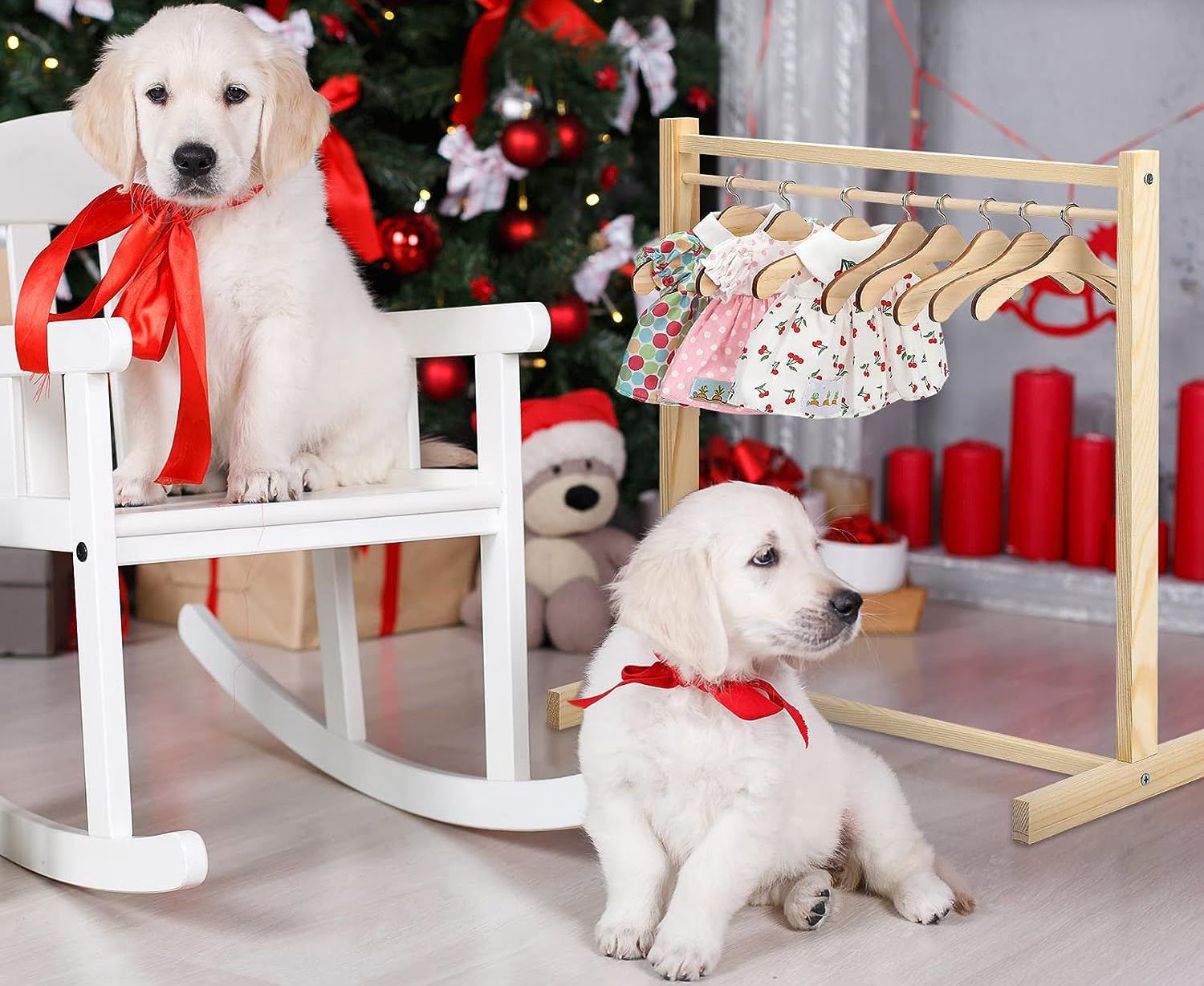
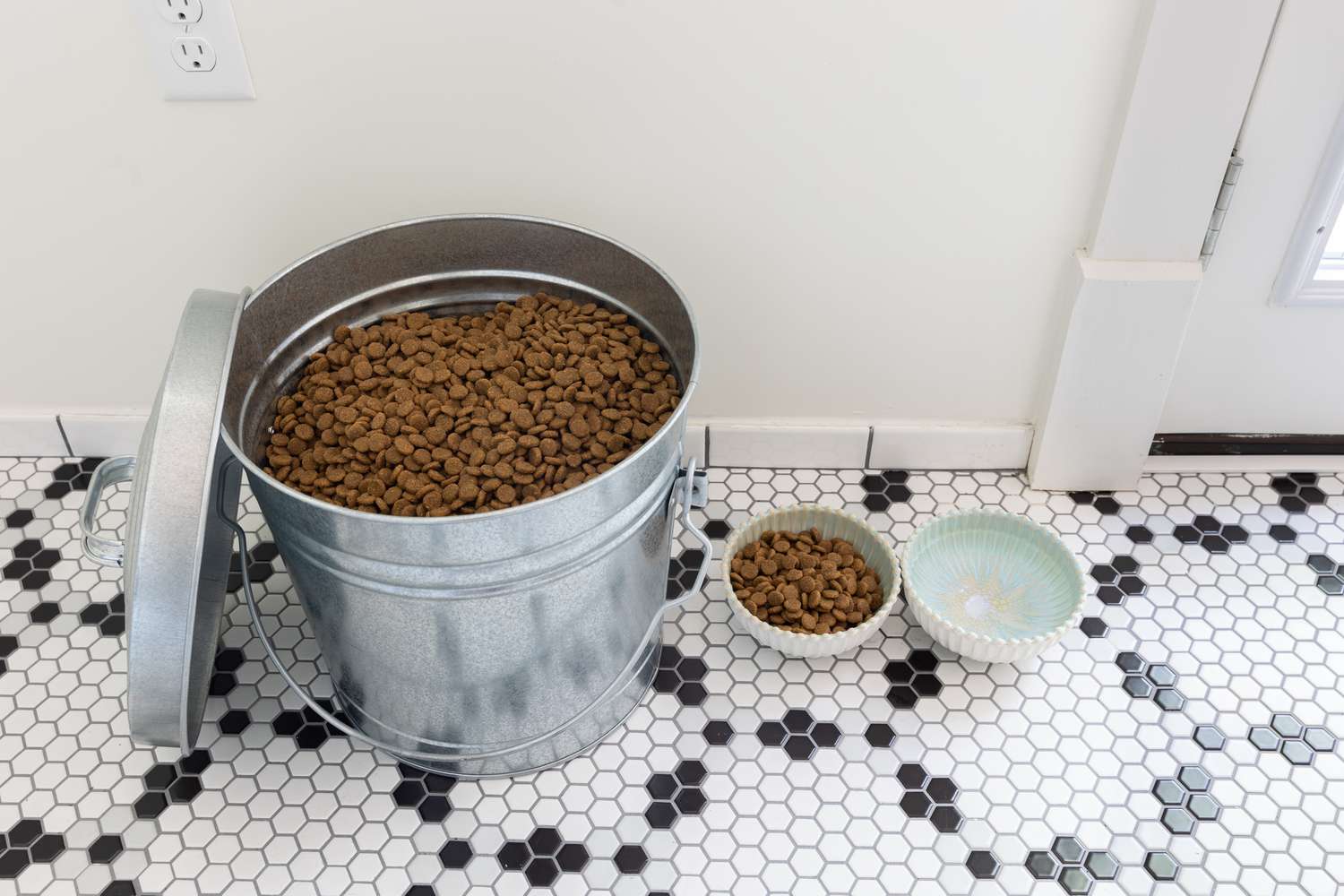
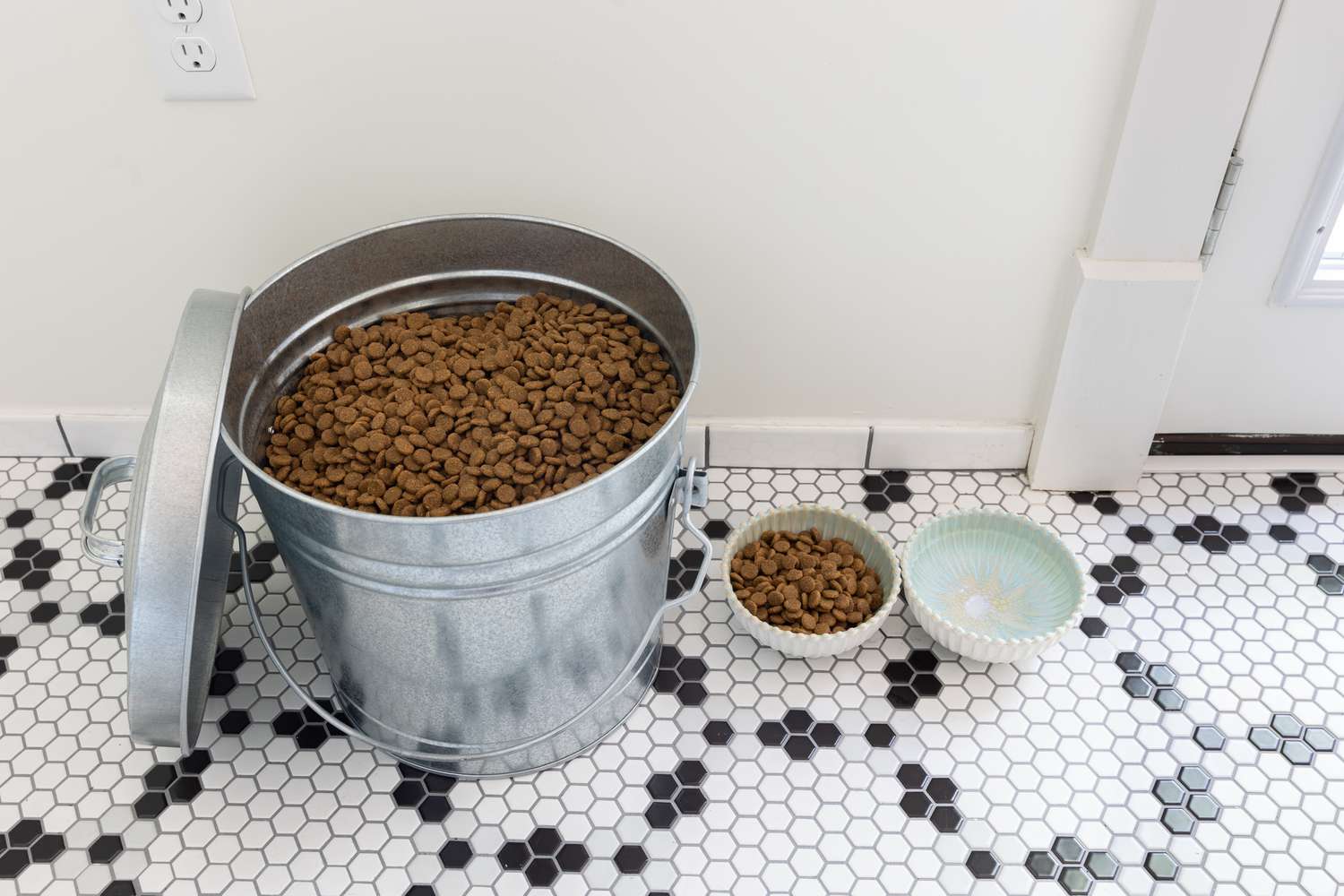
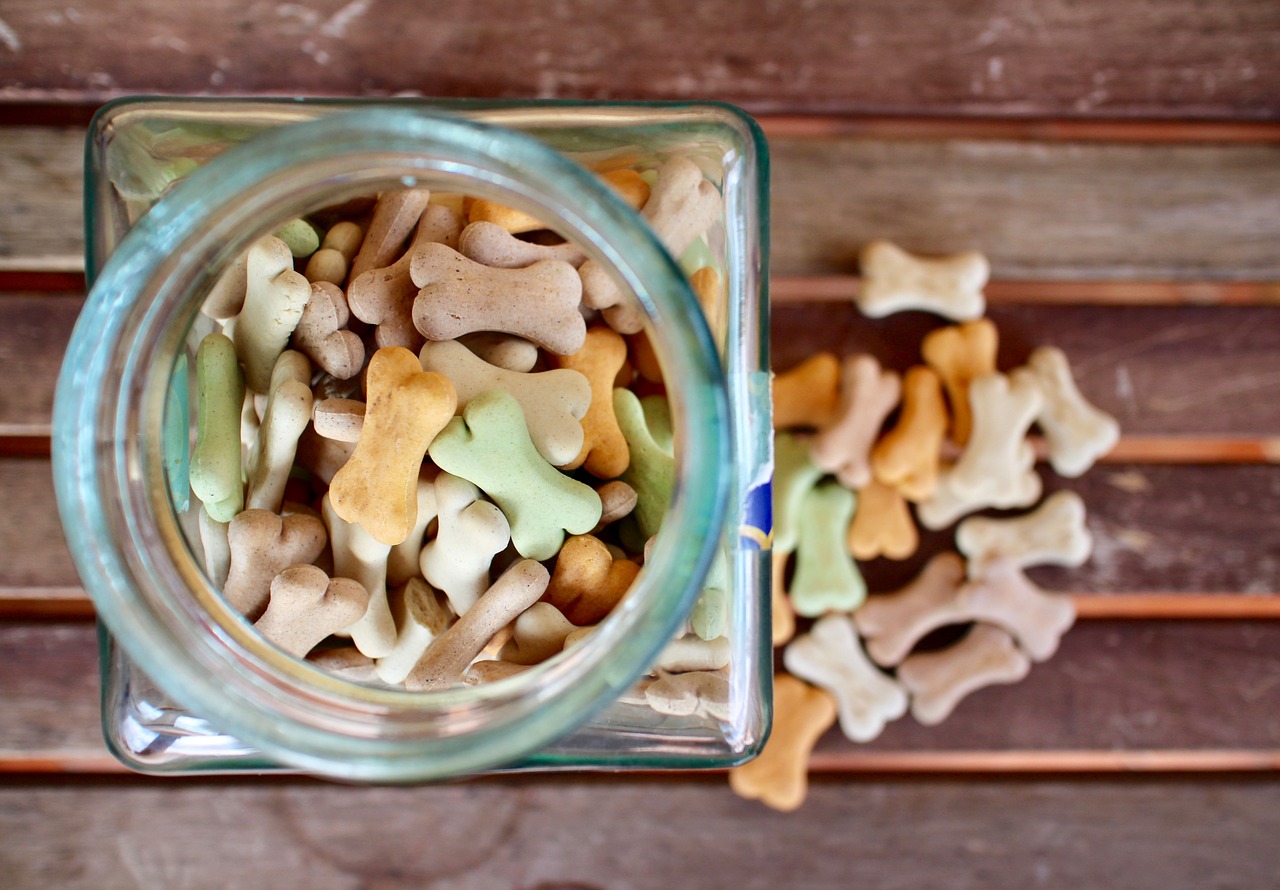
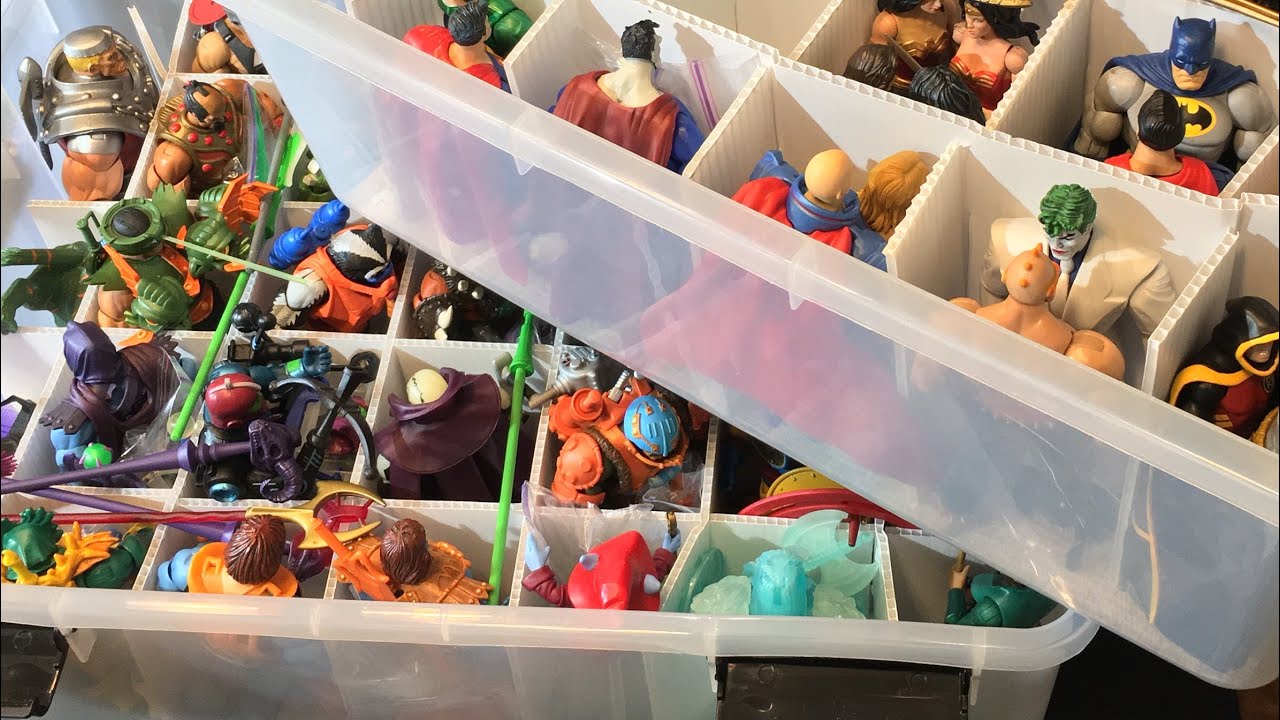
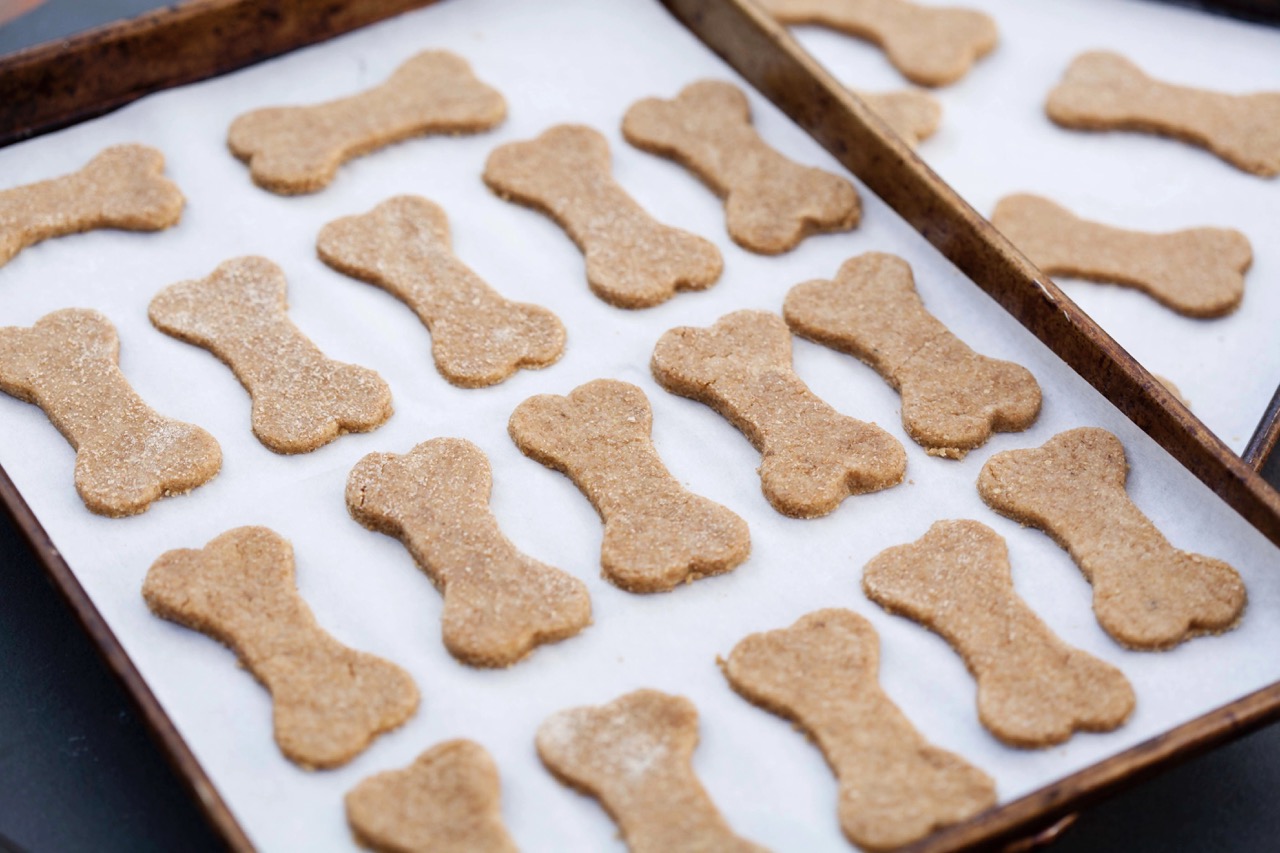

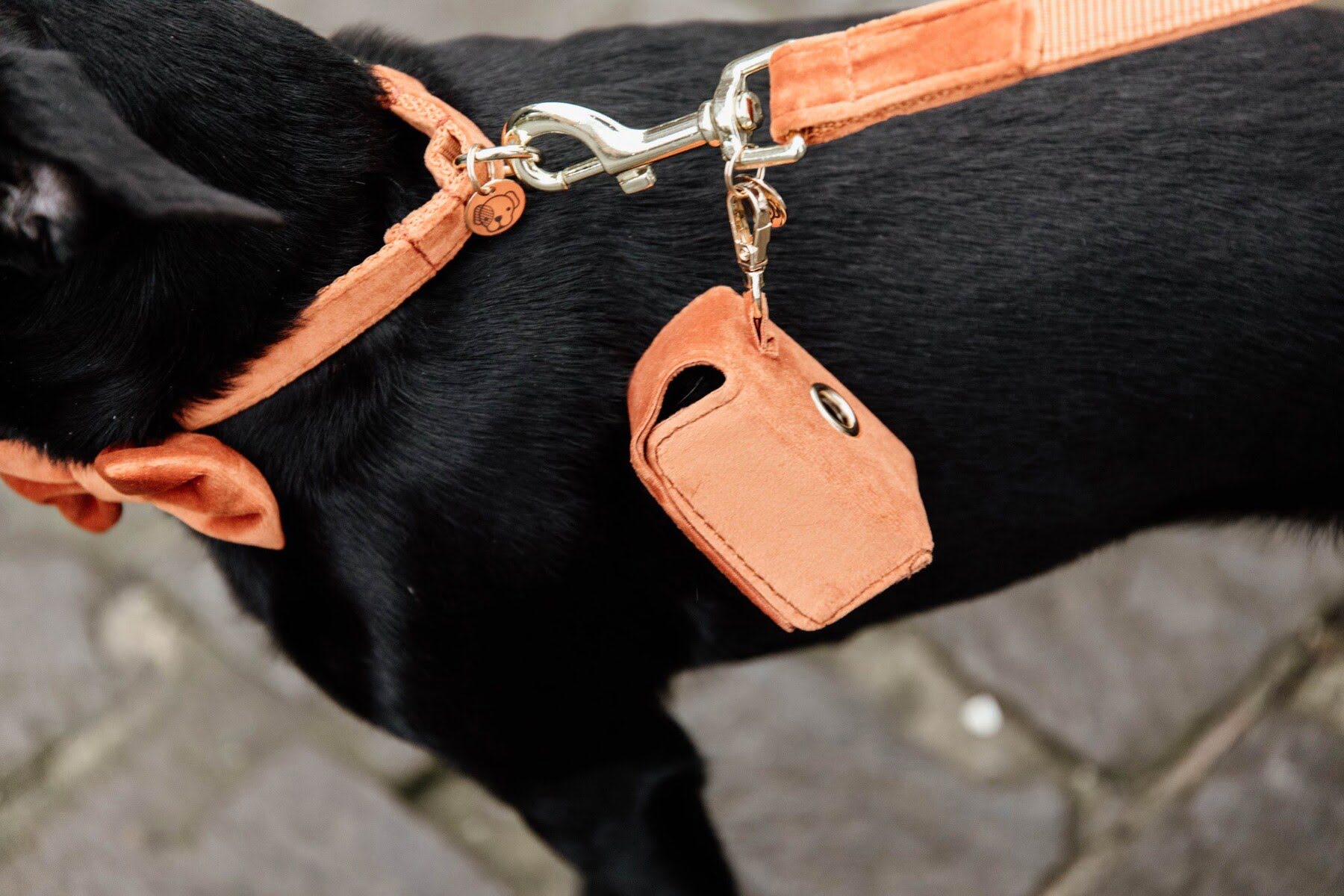
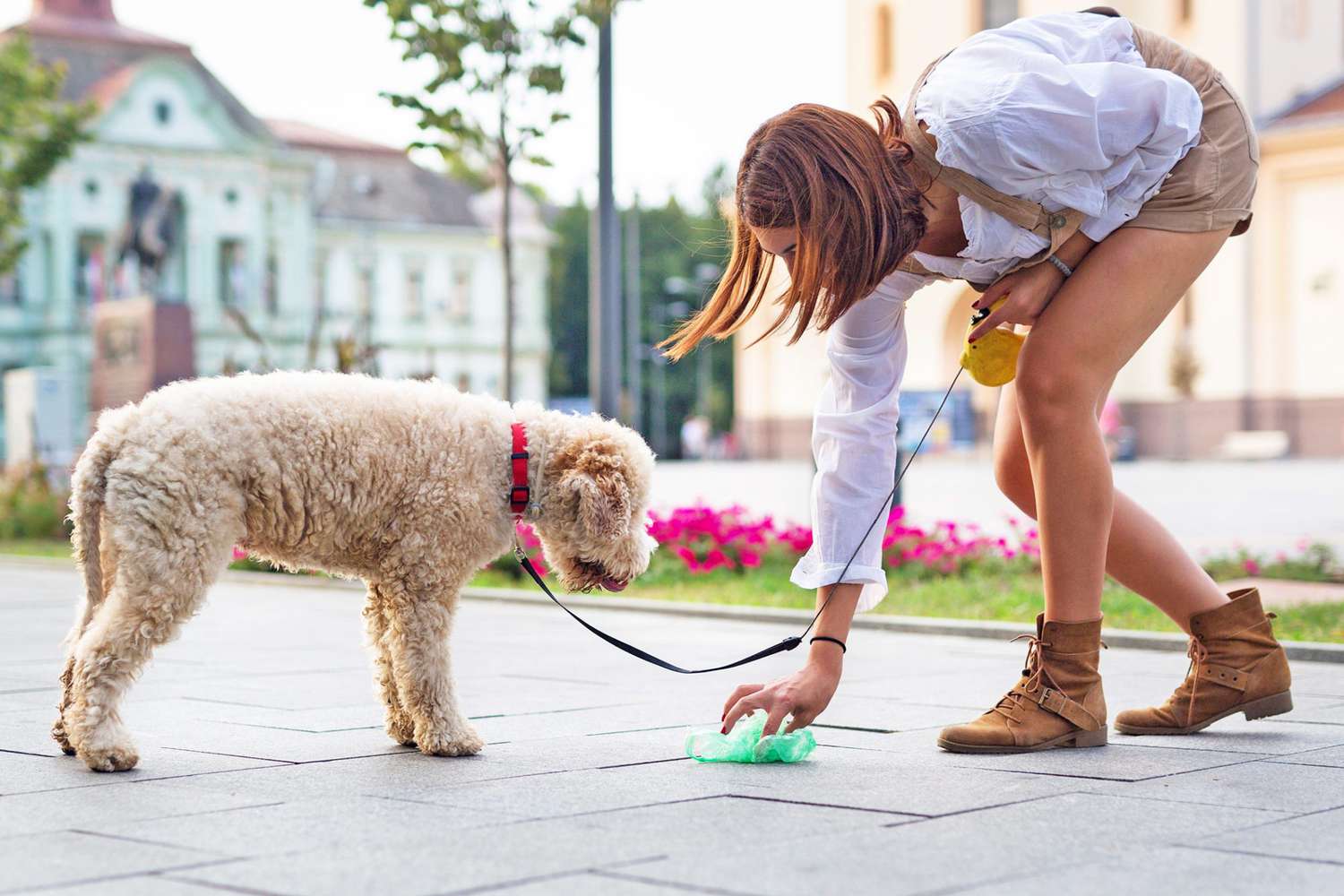
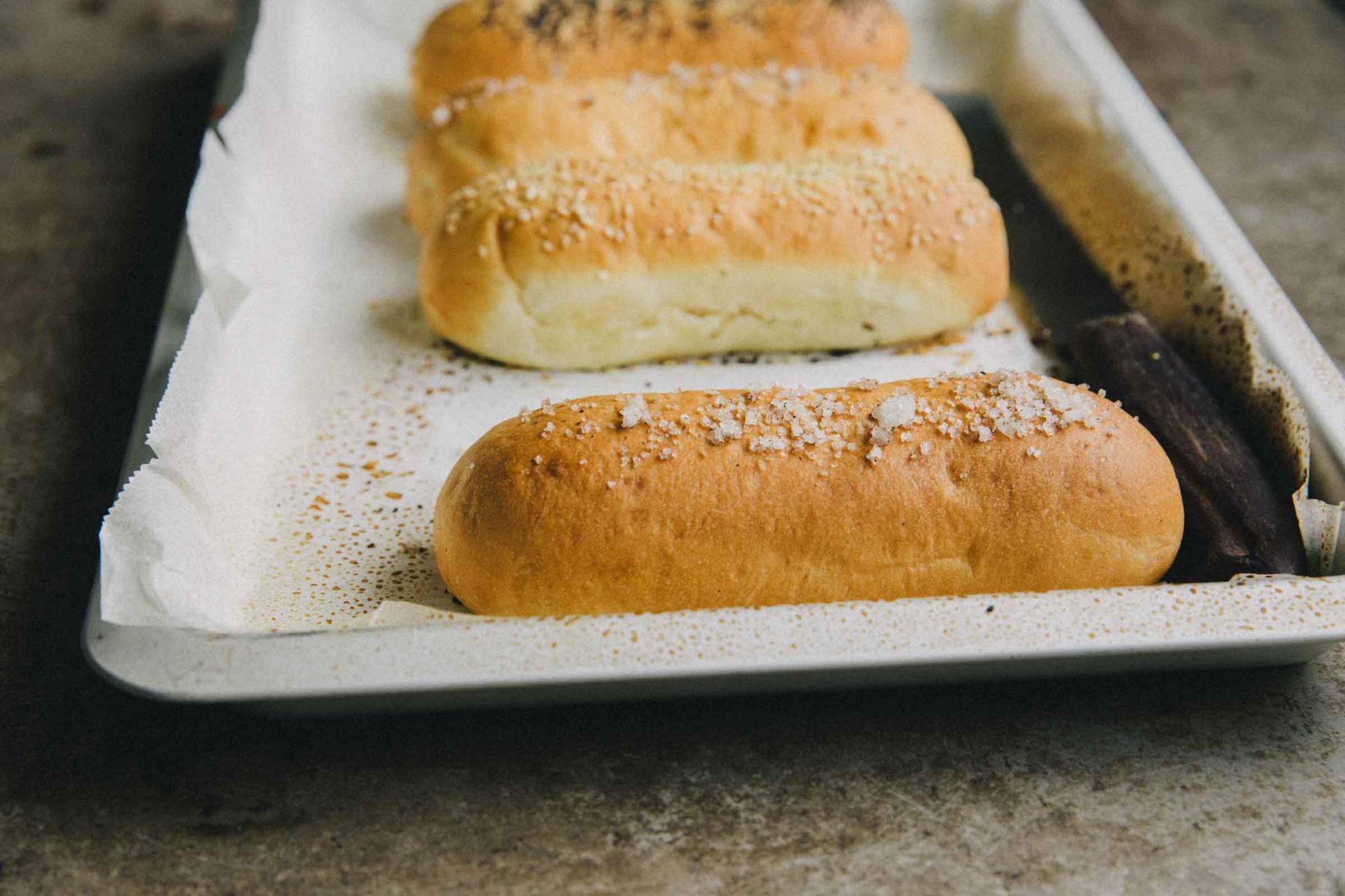
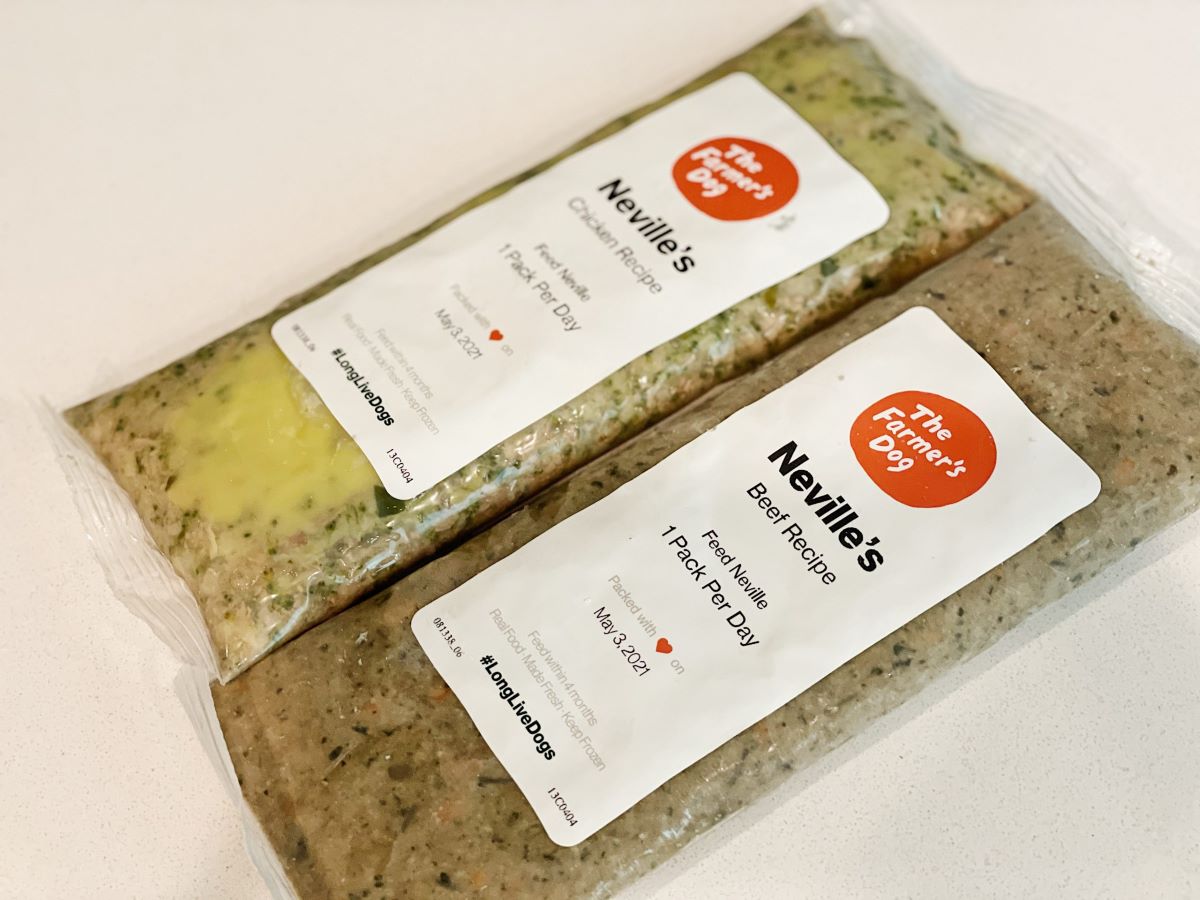
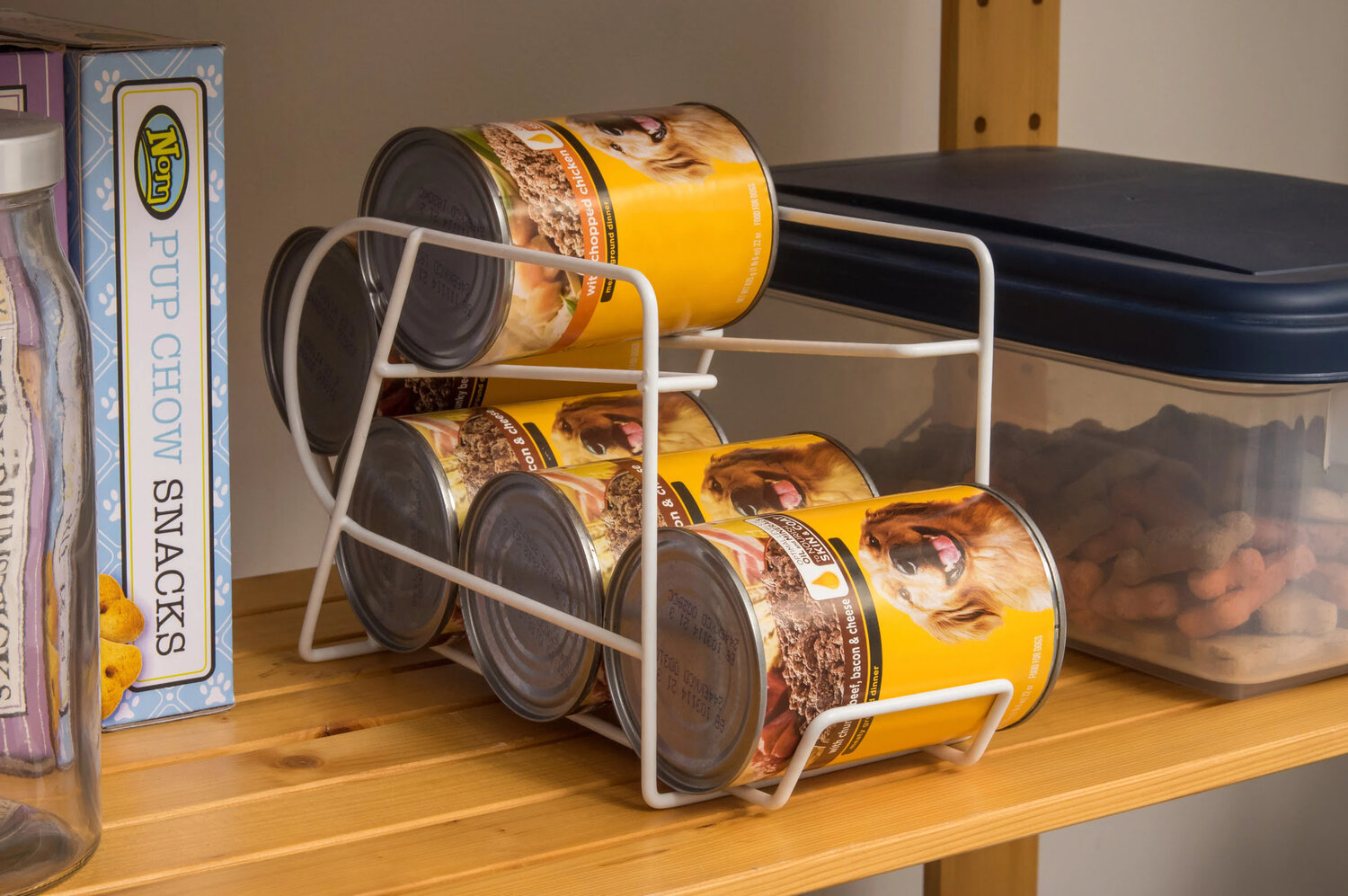
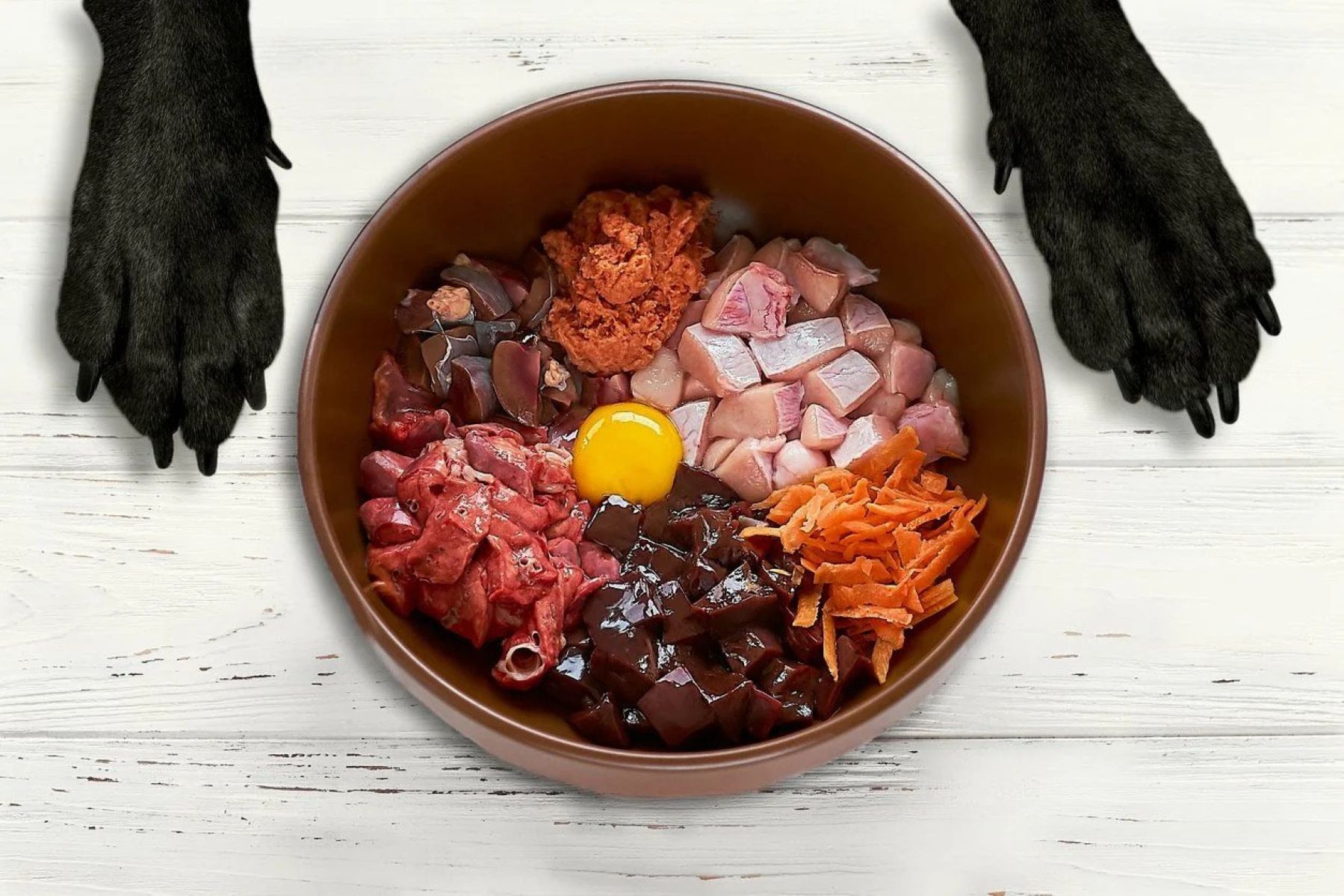
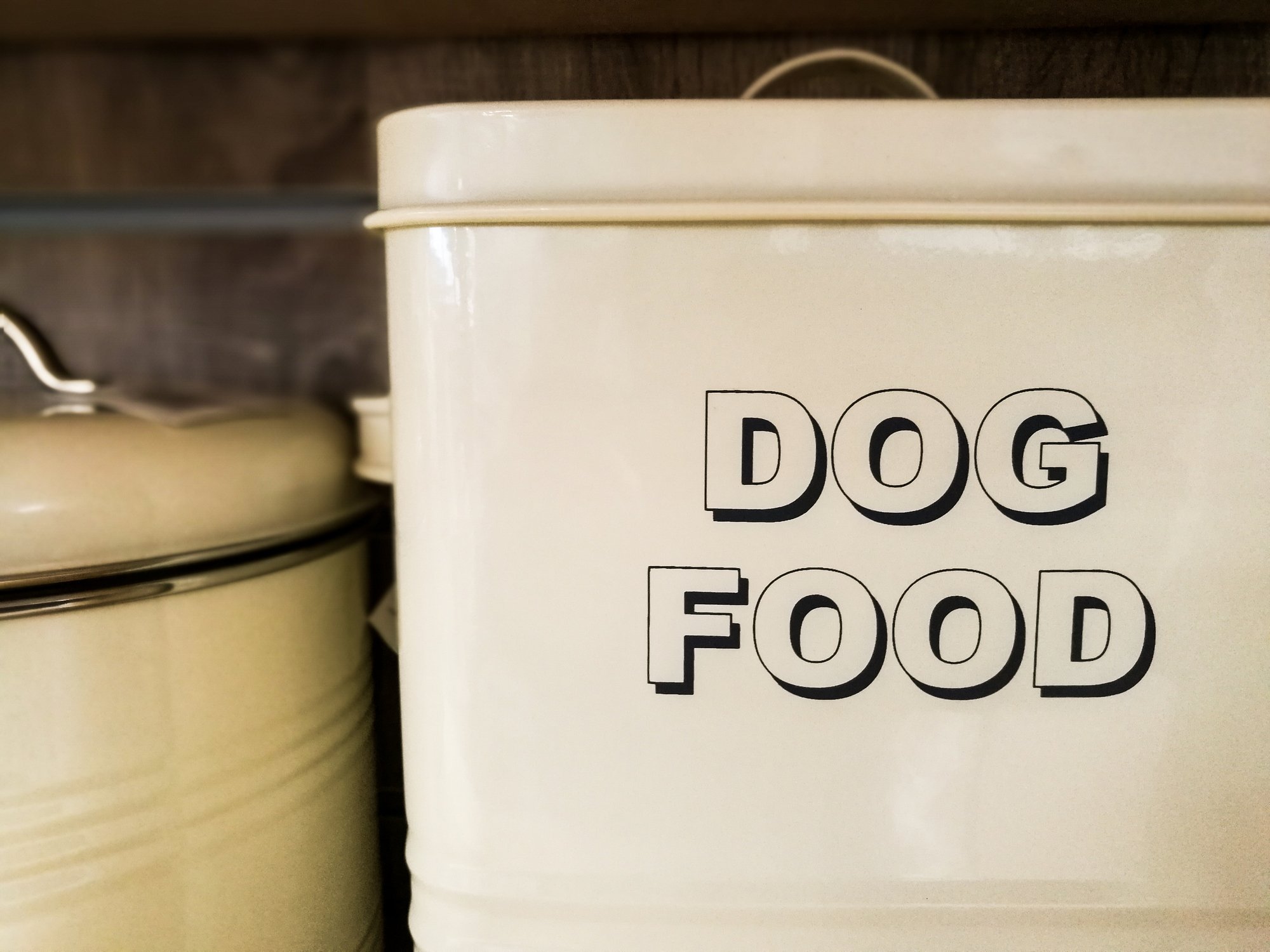

0 thoughts on “How To Store Dog Toys”